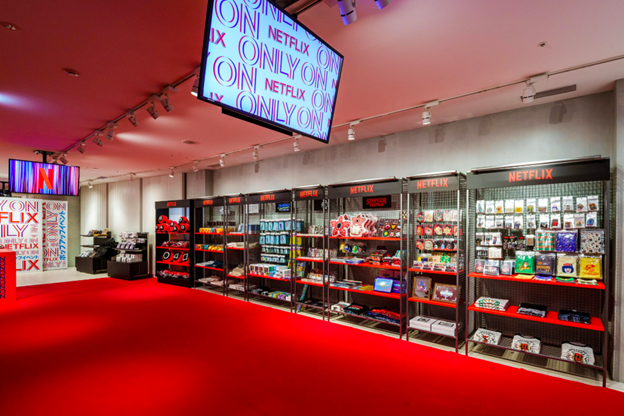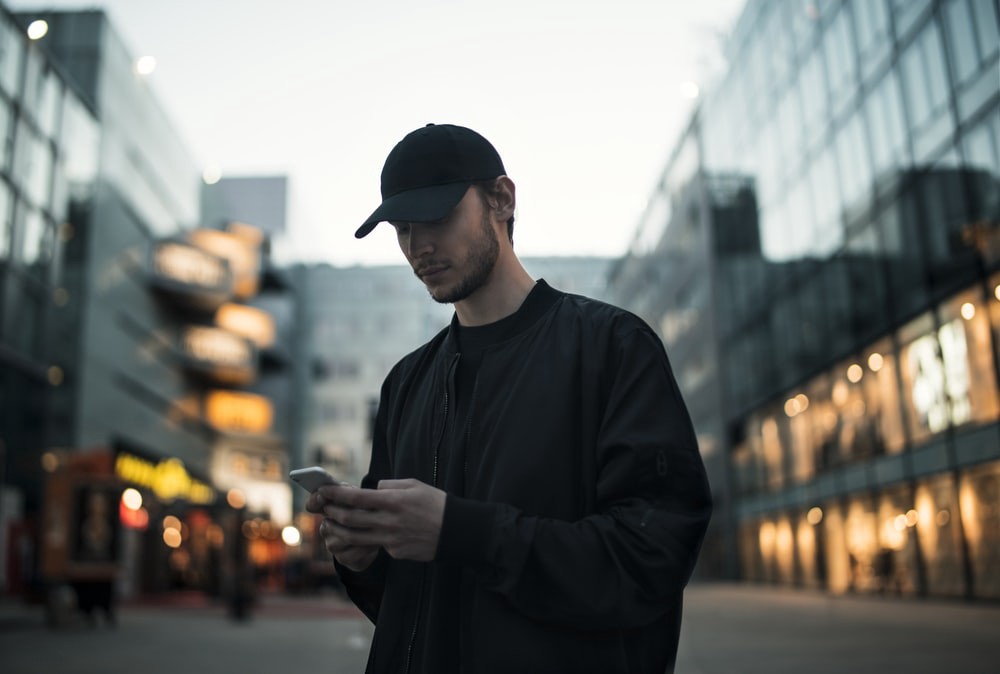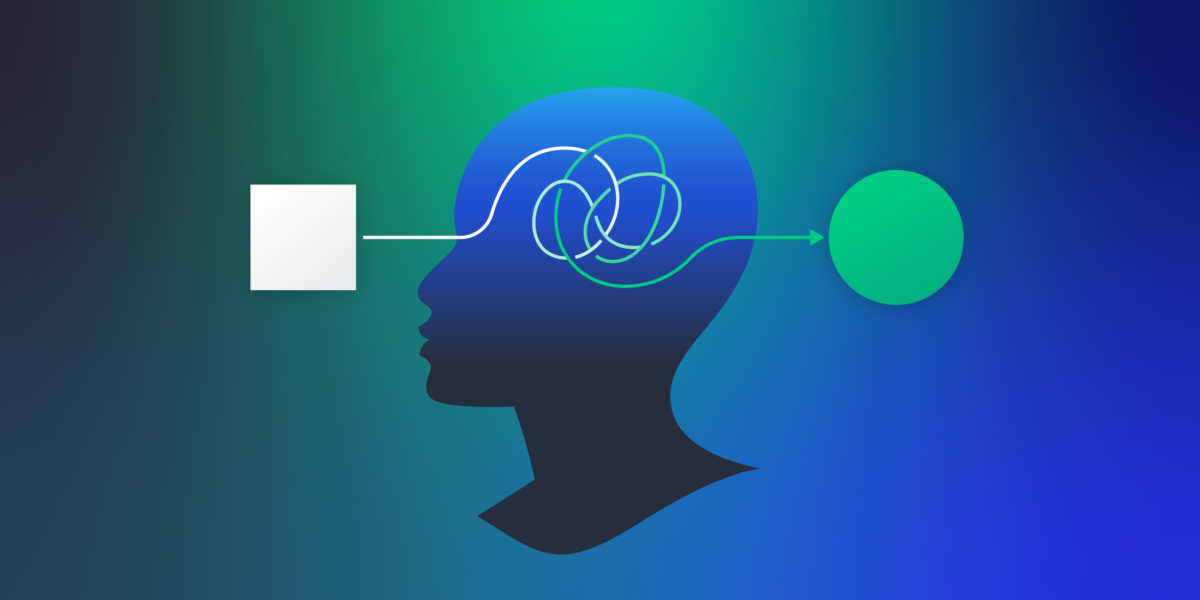Experience design has been getting traction as a result of the realization that every interaction with a brand tells a story. Whether you actively invest in shaping those interactions or not, they are happening and are influencing how customers perceive your brand.
Experience design is a holistic approach that covers the entire customer journey and every touchpoint. Not just those happening online that we can track, but also the ones happening away from the screens.
While UX design is concerned with optimizing the interactions users have with a website, software or app, experience design also takes into account the physical, emotional, and even sensory interactions people have with a brand.
This article explores the nuances between User Experience Design and Experience Design to depict their overlapping yet distinct roles in how users consume products, services and brands.
What is User Experience Design?
User Experience (UX) is about making digital products look and feel seamless, easy to use and enjoyable. It digs deep into users’ needs, pains and expectations, and then crafts every button, image, process and step with these in mind.
UX design includes factors like accessibility, emotional appeal, and engagement. It’s not just about whether the product functions properly, but also how it makes you feel. Do you feel accomplished, happy, and satisfied while using it?
Spotify is a great example of a well-crafted UX. You can find your favourite songs, create playlists, and discover new music with ease. They focus on the nuts and bolts of user interactions which is why the app feels so intuitive and user-friendly.
What is Experience Design?
While UX design puts the focus on the product, Experience Design (XD) goes beyond that. It’s not just about the product, it’s about every interaction someone has with a brand across multiple channels.
The customer journey today is complex and non-linear, with a series of digital and physical touchpoints. It starts from the moment a customer discovers your brand, to comparing and researching, to making a purchase.
Customers will use different channels at every step – from browsing a website, scrolling through social media, reading online reviews, and chatting with customer support. XD cares about making all of these touchpoints meaningful and cohesive.
This holistic perspective extends to elements outside the digital realm as well. It takes into account things like the design of your business cards, product packaging, and in-store experience.
How the brand makes you feel, how it fits into your life, how easily you can understand and interact with the product, how well it meets your practical and psychological needs, does it align with your social and ethical values – these among others are all considerations of experience design.
Core Principles & Methods
XD adopts many of the same principles, tools and techniques used in UX design. Yet, these might take a slightly different form. Let’s have a look:
The user comes first
Whether we’re talking about UX or XD, the user is always at the forefront. Both disciplines require a deep understanding of users’ needs, pains, motivations and behaviors to create resonating experiences.
The design process starts with in-depth research into who the users are, what they need from the product or service, how and why they use it, etc. User-centered design shifts the attention to ‘the human’.
For example, a UX designer working on an e-commerce app might research how the target group shops online, what features they find most valuable, and what pain points they experience.
In experience design, this involves understanding not just how users interact with a product, but also how they perceive and feel about the entire brand experience. For example, for an e-commerce app, this means aspects like customer support, delivery, packaging, and marketing.
Cross-functional collaboration is key
Design isn’t a one-team job. The best design decisions come from effective collaboration with other stakeholders and relevant departments.
When it comes to building a digital product, UX designers will work closely with developers, project managers and product owners to make sure that the final design feels not only smooth and intuitive, but is also technically feasible and in line with business goals.
When designing for an experience, team members from UX design, marketing, development, and customer service will come together to make sure the final solution is consistent across all touchpoints.
Test, test and test again
User testing plays a key role in validating design choices. Testing with real users is a critical step, one that you shouldn’t neglect whether you’re designing a digital product or an experience.
During testing, designers collect feedback to inform design decisions and refine the final product or solution. User testing in the early stages can help identify usability issues before launch. Sometimes only one flaw can hurt the overall experience and turn away your best customers.
Digital products are tested to collect insights on how real users use the product. In UX design, this is also known as usability testing. Insights can be both quantitative and qualitative depending on the methods you’re using to test.
In experience design, testing isn’t limited to digital interfaces only. You might want to test physical spaces, services, or the entire customer journey from start to finish. For example, testing a retail store layout to assess customer flow or experimenting with different service scripts in a hospitality setting.
Prototype away
Prototyping serves as a bridge between initial concepts and the final solution, allowing the team to test and validate ideas before investing too much into a full-scale solution.
Prototyping involves creating scaled-down versions or mockups of a product that simulate the user interface and interaction. This could range from low-fidelity sketches, which are quick and easy to produce, to high-fidelity prototypes that closely resemble the final product.
The purpose of prototyping in UX design is to validate design concepts, test functionality, and ensure that the user interface is intuitive and meets user needs.
In the context of experience design, a prototype might be a physical model, a storyboard, or a role-playing activity. For example, the team might simulate a service walkthrough of the end-of-end experience a customer might have with a retail store.
This would include both digital and physical touchpoints and can reveal issues or inconsistencies in the customer journey across multiple channels.
The design process is never truly complete
Iterative design is characterized by a continuous process of prototyping, testing, analyzing feedback and making improvements. This iterative process ensures that the product or service gradually improves and consistently meets user expectations.
It also allows the solution to evolve and adapt as the market shifts or the team learns more about the target audience. This way the design stays fresh, relevant and effective.
Adopting an iterative approach also significantly reduces the risk of major flaws. It helps detect and improve issues before they become a bigger problem.
This holds true for both UX and experience design. Iterative design acknowledges that user needs are dynamic and that the design process is never truly complete.
The Design Process
Experience design doesn’t have a clearly distinguished process. Instead, it uses a similar framework to other design disciplines like UX design, design thinking and lean practices.
- Explore
This stage is all about defining the scope of the design work. Maybe you’re trying to increase customer satisfaction, your NPS score, or optimize the offboarding process. The team gets together to define the problem and identify any challenges and opportunities.
- Research
In-depth research into users’ needs, challenges, motivations and behaviors helps designers empathize with the target audience. What better way to do that than to talk with them directly so one-to-one interviews are particularly effective. Other research methods include empathy maps, surveys, competitor analysis, and market research.
- Ideate
Once there is enough data, the next step is to turn insights into actionable ideas. The team will have multiple brainstorming sessions to develop as many ideas as possible before narrowing down the most viable solutions. Some tools and methods typically used during this stage include storyboards, mind maps, challenging assumptions, impact-effort matrix, etc.
- Prototype
Next, ideas come to life through prototyping. The team will develop initial wireframes and low-fidelity sketches to visualize the solution and get a sense of how it would look, feel, and function. Low-fidelity prototypes are used first as they require less time and resources to make. The team can eliminate low-performing ones and only invest in refining the most promising idea into a high-fidelity prototype.
- Test and Iterate
The high-fidelity prototype is then tested internally, with a selected group of users and other stakeholders. Based on their feedback, the design will undergo further improvements and iterations as it comes closer to a finished product.
UX and XD in action: Real-world example
Netflix offers a great example of how UX and XD can work hand-in-hand to create a memorable experience and strong connection with your customers.
Netflix’s platform is a masterpiece of user-centric design. The interface is clean and intuitive, making it easy for users to browse, search, and select shows and movies. It’s designed in a way to keep you hooked!
Features like personalized recommendations, autoplay of the next episode, and easy-to-navigate menus are all outcomes of meticulous UX design. These elements ensure a seamless and enjoyable viewing experience.
Their consistent messaging and visual identity across different platforms (app, website, social media) is another factor that contributes to a cohesive brand experience.
But Netflix is taking it a step further. The company invests in an overarching experience that extends beyond its digital interface.
Everyone knows and loves Netflix’s original movies and shows. They are strategically tailored to different demographics to engage a wide group of users beyond just a streaming service.
Through marketing new releases, creating buzz around shows, and launching themed merchandise, Netflix creates a customer journey that stretches far beyond the screen. All of these elements contribute to a broader experience design strategy that engages users at multiple touchpoints.
Netflix pop-up experience in Tokyo, Source: TimeOut
Implications for Businesses
The implications for businesses are clear: investing in both UX and XD leads to building strong emotional connections that turn customers into brand advocates.
By focusing on UX design, companies can make sure their products are easy and enjoyable to use. By incorporating XD, they create a strong, positive association with their brand across all touchpoints.
This translates into a clear competitive advantage: brands that prioritize crafting memorable experiences will differentiate themselves from the competition in a crowded market with too many, often similar options.
- Beyond UX: The World of Experience Design - January 9, 2024
![]() Give feedback about this article
Give feedback about this article
Were sorry to hear about that, give us a chance to improve.







